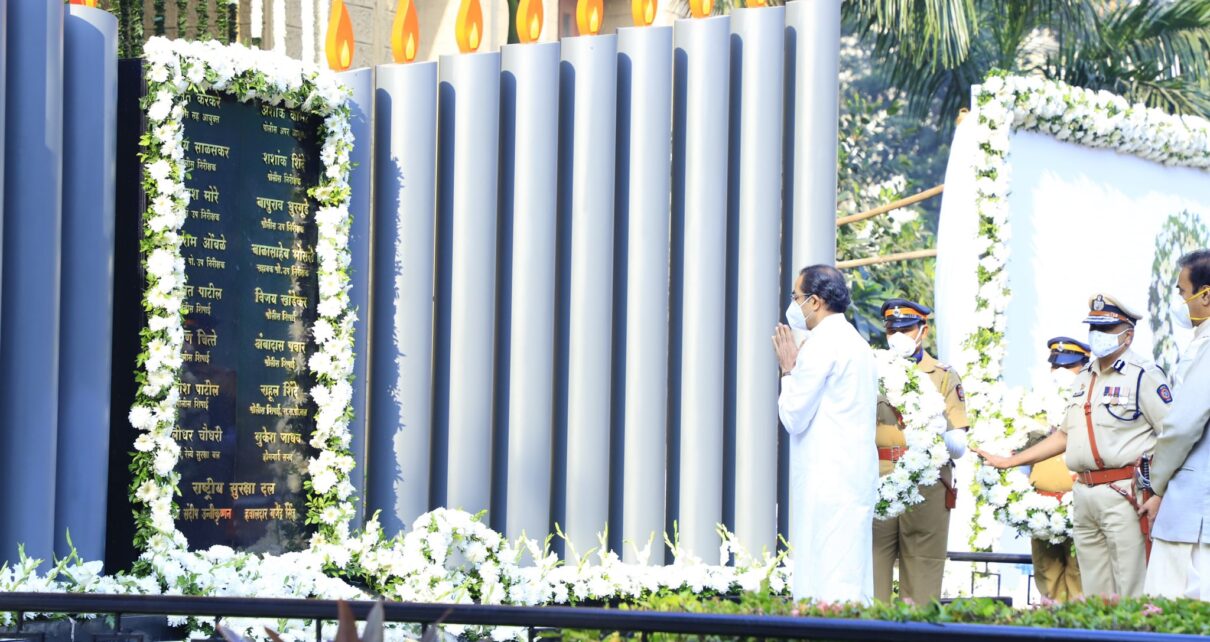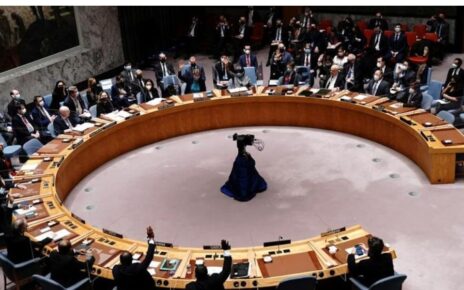On the 12th anniversary of Mumbai terror attacks, political leaders and people all over the country paid tributes to victims and security personnel who lost their lives. Social media saw an outpouring of gratitude and homage to the victims as people trended several hashtags related to the 26/11 terror attacks.
Meanwhile, in Washington DC, Indian-Americans and other community organisations held protests in front of the Capitol Hill. A truck with a billboard, reading “We demand justice” was seen outside Pakistan and Turkish embassies in Washington DC on the eve of the Mumbai terror attack anniversary.
The ghastly attacks, which began on November 26, 2008, lasted for four days, leading to the death of 166 people and injuring over 300.
On November 26, 2008, ten terrorists trained by the Pakistan-based terrorist organisation Lashkar-e-Tayyiba (LeT) carried out a series of coordinated attacks against multiple targets in Mumbai including the Taj Mahal hotel, the Oberoi hotel, the Leopold Cafe, the Nariman (Chabad) House, and the Chhatrapati Shivaji Terminus train station.
As many as nine terrorists were killed and the lone survivor, Ajmal Amir Kasab, was caught and was sentenced to death at Yerwada Central Jail in Pune in 2012.
On 26/11 first attack took place at the crowded Chhatrapati Shivaji Terminus (CST) railway station. Ajmal Amir Kasab and Ismail Khan carried out the attack at this station, killing as many as 58 people and injuring over 100.
Kasab and Khan later entered to attack Cama Hospital, but the same was thwarted with the alertness of the hospital staff. They, however, killed 6 police officials, including city’s Anti-Terrorism Squad Hemant Karkare in an ambush after leaving the hospital.
The second site of the 26/11 attack was Nariman House business and residential complex where a Rabbi, his wife, and six others, including five Israeli citizens, were killed by the terrorists who first held them as a hostage. The two-year-old child of the Rabbi couple, Moshe, survived in the attack. Then ‘Baby Moshe’ became a face of the innocent victims of ruthless terrorism.
The third site to come under attack on 26/11 was the Leopold Cafe followed by Taj Mahal Hotel and Tower. Four terrorists carried out the attack at the cafe before entering the Taj hotel, where they killed as many as 31 people after laying a three-day siege at the hotel.
The other site to come under attack during the 26/11 was Oberoi-Trident hotel where another group of two terrorists entered at almost the same time, as other four had entered Taj. At Oberoi-Trident hotel the siege officially ended on the evening of November 28 with as many as 30 being killed in the attack.
The attack and seize finally culminated on the morning of November 29, 2008, after the National Security Guards (NSG) secured the Taj Mahal Palace Hotel. By the time commandos of the National Security Guards (NSG) gunned down the last terrorists who had been holed up in south Mumbai’s Taj Mahal Palace hotel, over 160 people were killed and hundreds were left injured.
The Jamaat-ud-Dawah (JuD), whose mastermind was Hafiz Saeed, was believed to have plotted the 26/11 attacks.
New Delhi has, time and again, protested against Islamabad for harbouring Saeed, who is wanted for allegedly plotting the 2008 attack.
In 2018, the US announced up to USD 5 million for information about the individuals responsible for these attacks under the Rewards for Justice Programme.
“Key members of this heinous plot remain at large, and this investigation remains active and ongoing. This reward offer extends to any individual who bears responsibility for this act of terror,” the United States had noted.




